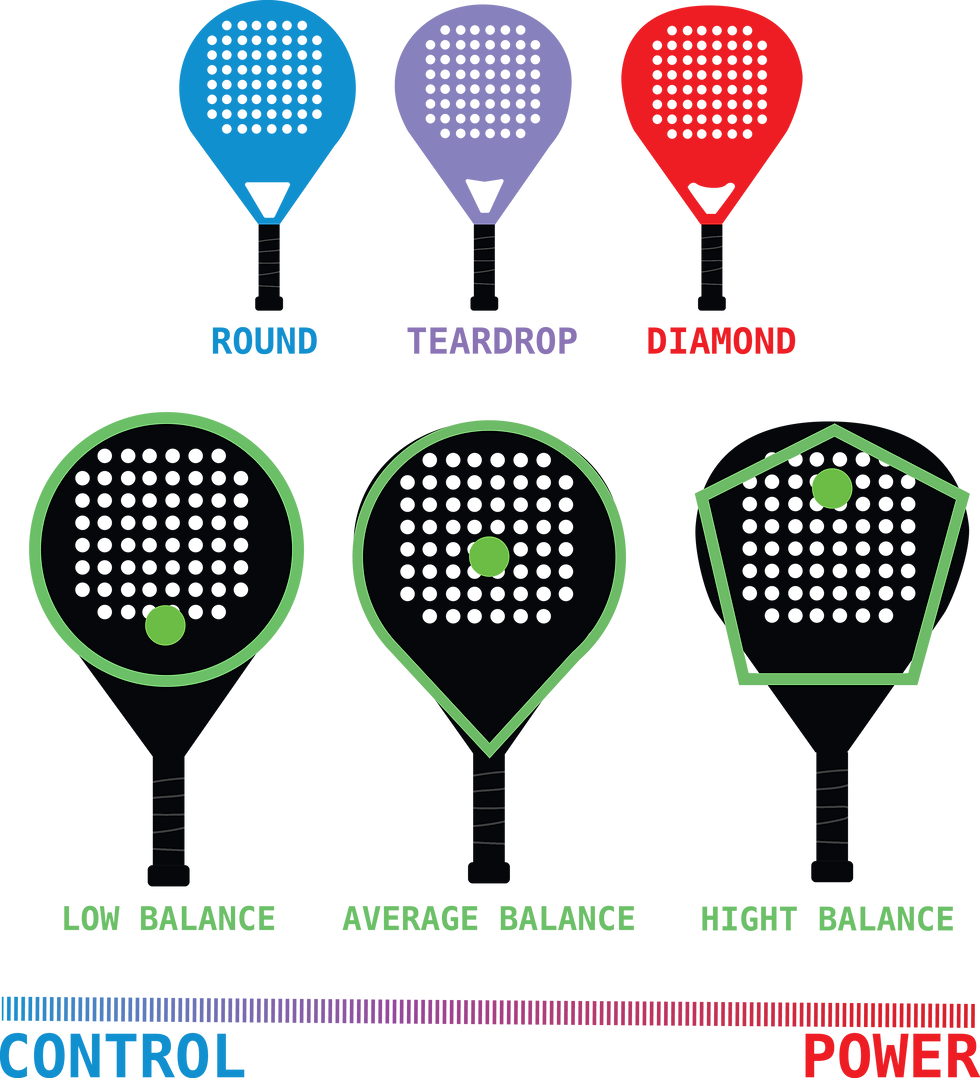COLD VS. HEAT THERAPY: CHOOSING THE RIGHT APPROACH FOR PADEL INJURIES
- Wesley Teixeira

- Oct 12, 2023
- 3 min read
Updated: Oct 12, 2023
By Wesley Teixeira MCSP BSc
INTRODUCTION
Padel, often described as the fastest-growing sport in the world, is a dynamic racquet sport that blends elements of tennis, squash, and badminton. While it offers numerous health benefits and an enjoyable playing experience, like any physical activity, it comes with the risk of injuries. When it comes to treating these injuries, the most two common therapeutic approaches are cold and heat therapy. Understanding the differences between them and their most applicable uses is essential for effective injury management.
COLD THERAPY
Cold therapy, also known as cryotherapy, involves applying cold or ice packs to an injured area. The primary goal is to reduce inflammation, numb pain, and slow down the metabolic processes within the affected tissue. This method is especially effective in the initial stages of an injury, as it constricts blood vessels, limiting blood flow to the injured area and minimizing swelling. Cold therapy is commonly used for acute injuries, such as sprains, strains, and contusions. Cold baths, cryotherapy chambers, plunge pools and ice bags can be used to speed up your recovery, reduce muscle soreness and maximise healing.
COMMON PADEL INJURIES AND COLD THERAPY
Ankle Sprains: Ankle sprains are one of the most common injuries in Padel. Applying cold therapy within the first 48 hours can help reduce swelling and alleviate pain.
Tennis Elbow: This condition, known as lateral epicondylitis, can occur in Padel due to repetitive motions. Cold therapy can help manage pain and inflammation.
Muscle Strains: Overexertion can lead to muscle strains. Cold therapy can be used to reduce swelling and promote quicker recovery.
HEAT THERAPY
Heat therapy, or thermotherapy, involves applying heat to an injured area. The primary goal is to increase blood flow, relax muscles, and promote healing. Heat is generally recommended for chronic injuries or conditions where muscle tension is a contributing factor. It can also be useful for warming up muscles before exercise.
COMMON PADEL INJURIES AND HEAT THERAPY
Chronic Muscle Soreness: Padel players may experience persistent muscle soreness. Applying heat can help alleviate discomfort and improve flexibility in these cases.
Tendonitis: Overuse of certain tendons can lead to tendonitis. Heat therapy can help relax the affected muscles and improve blood circulation for better healing.
Stiff Joints: Players with joint issues may benefit from heat therapy before a match to loosen up the joint and enhance mobility.
CHOOSING THE RIGHT APPROACH
To choose the right therapeutic approach for Padel injuries, it's crucial to consider the nature of the injury:
Acute Injuries: For fresh, acute injuries marked by swelling and inflammation, cold therapy is generally more suitable. Cold packs should be applied for 15-20 minutes at a time, allowing for breaks in between.
Chronic Injuries: In cases of chronic injuries, or when there's a need to relax tight muscles before activity, heat therapy is more appropriate. Moist heat sources like warm towels or heating pads can be applied for 15-20 minutes at a time.
Combination: In some cases, a combination of cold and heat therapy may be effective. For instance, applying cold therapy immediately after an acute injury and later using heat therapy to relax muscles and improve circulation during the recovery phase.
CONCLUSION
Padel, like any sport, carries the risk of injuries, but knowing how to manage and treat these injuries is essential for a swift return to the court. Cold therapy is best suited for acute injuries where inflammation and swelling need to be controlled, while heat therapy is more beneficial for chronic conditions or when muscle relaxation is required. A comprehensive approach to injury management that considers the nature of the injury, and the phase of recovery can lead to a quicker and more effective rehabilitation process, helping Padel enthusiasts get back to the game they love.
If you're a Padel enthusiast looking for a racket designed with a focus on injury prevention, explore the offerings at Bas3line. Our Padel rackets are crafted with precision by one of the industry's top physiotherapists. To learn more about these innovative rackets, head over to www.bas3line.com and follow us on social media at @bas3line. Elevate your game while prioritizing your physical safety with BAS3LINE's innovative Padel equipment.












Comments